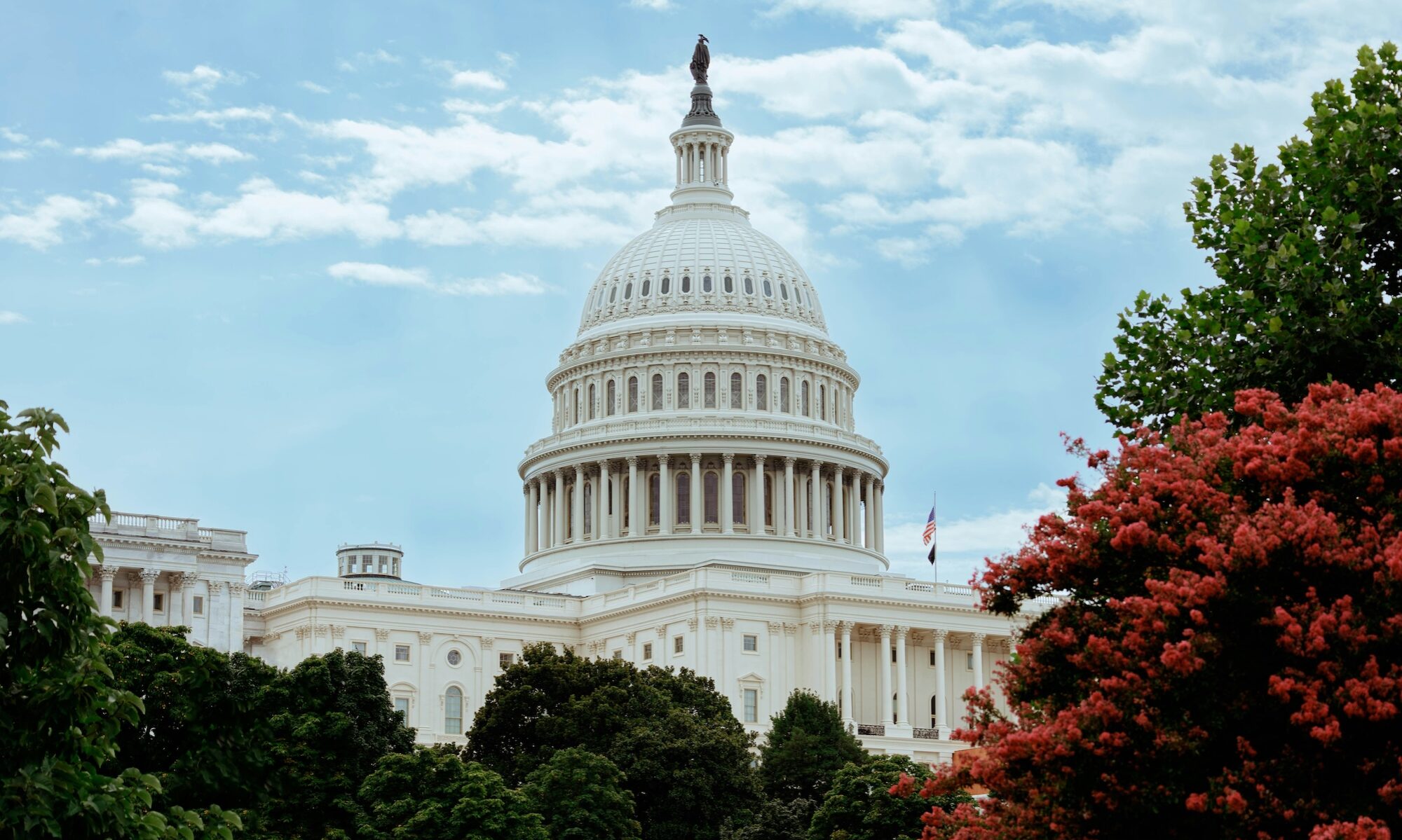In less than 10 days, this election will be over (… thank God, thank God, thank God…).
Shall we say it again? (… thank God, thank God, thank God…)
(Note: I kind of like to thank God.)
As previously stated, the Intramuralist will not be endorsing any candidate(s). Our goal here is to respectfully and authentically tackle the issues — not to tell you who to vote for.
One of the issues that matters most to this semi-humble observer is the economy and our national debt. Allow me to share only facts — absent all analysis…
Current national debt: approximately $16.2 TRILLION
If this amount is divided into so-called “fair shares,” the debt amounts to approximately:
- $52,000 for every person living in the U.S.
- $136,000 for every household in the U.S.
The federal government continues to spend far more than it takes in. Taxing the highest income earners at 100% does not significantly alter the accounting. Hence, we borrow from foreign governments.
What does the government spend money on?
Observing each decade since 1960, as of 2010, 61% of U.S. expenditures are now allocated for “social spending” — our #1 expenditure and the highest this budget category has been in 5 decades. Social spending includes income security (Social Security, welfare, etc.), healthcare, education, housing, and recreation. In 1960, only 23% was spent on social spending.
During the first 2 years of Pres. Obama’s term — when he enjoyed a partisan majority in both congressional bodies, U.S. congressmen introduced 176 bills that would have reduced spending — but 2,480 bills that would have raised it.
[OPINION ALERT! (Yes, this is a subjective comment…) It’s far easier for the elect to spend rather than save.]
(… back to the objective…)
When Pres. Clinton entered office, the national debt was approximately $4.2 TRILLION. When he left, the debt was $5.7 TRILLION (compared to contemporary presidents, this was one of the lowest nominal & percent increases; in fact, during Clinton’s last year in office, the national debt actually decreased).
When Pres. George W. Bush entered office, the national debt was approximately $5.7 TRILLION; when he left 8 years later, the debt was $10.7 TRILLION.
When Pres. Obama entered office, the national debt was approximately $10.7 TRILLION; as stated, after only 4 years, the debt is now $16.2 TRILLION.
Knowing that this is an issue that no president (save arguably Bill Clinton) has effectively addressed during his tenure, the National Commission on Fiscal Responsibility and Reform was established by Pres. Obama. Out of that commission, the bipartisan Simpson-Bowles Debt Plan was proposed. The plan — named after co-chairs Alan Simpson and Erskine Bowles, a former Republican senator and Clinton Chief of Staff, respectively — recommended multiple options to reduce our debt. It has not been enacted. In fact, over the past 3 years, the federal government has even operated without a budget. Budgets provide accountability; that is also a fact.
The debt continues to soar. There is no enacted plan to pay it back. Hence, I return to my previous, subjective comment: it is far easier to spend rather than save.
Is this pattern wise? Can it be sustained? If we continue to borrow massively, will our dollar hold value? And if our dollar loses value, are we capable of even social spending?
This impacts the economy. And yes, this will drive my vote.
Respectfully,
AR
[Utilized sources for this posting: Congressional Budget Office, U.S. Dept. of the Treasury, U.S. Census Bureau, National Taxpayers Union Foundation, and www.presidentialdebt.org.]
